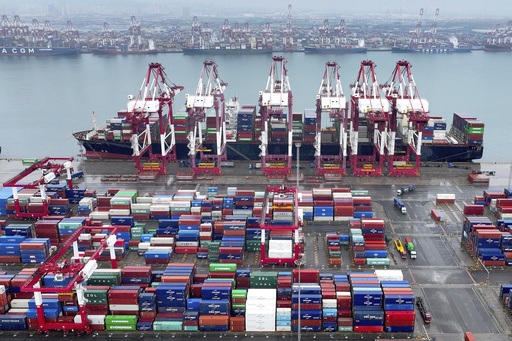China experienced a 7% increase in exports in July compared to the previous year, falling short of the expected 10% growth due to trade tensions and slowing economies in major markets like the United States. To combat its stagnating economy, Chinese leaders have invested in manufacturing, though inflation control measures have dampened consumer demand in Western nations.The imports also saw a 7.2% rise to $215.9 billion, mainly driven by enhanced trade with Asian countries supplying industrial components, materials, and consumer goods. Notably, exports to the United States increased by 2.4% year-on-year, whereas exports to Southeast Asian countries, China’s prime trading partners, surged by 11%.
Totaling $300.6 billion, July’s exports marked the slowest growth in three months, resulting in a trade surplus of $84.7 billion, lower than the previous month’s record surplus of $99.1 billion. However, the surplus for January-July increased by nearly 8% from the same period last year. In the initial seven months of the year, Chinese exports rose by 4% year-on-year, with imports growing modestly by 2.8% due to subdued consumer demand.
Anticipated weakening in Chinese exports is expected in the forthcoming months following significant tariff increases by the U.S. and Europe on electric vehicles. Reports suggest a surge in vehicle exports to European ports before the tariffs come into effect, with exports of vehicles recording an 18% rise in the first seven months of the year compared to 2023’s equivalent period.
The rise in imports in July is predicted to persist as the government aims to stimulate consumer demand and rejuvenate China’s struggling property market. According to Zichun Huang, a China economist at Capital Economics, import volumes are likely to increase further in the upcoming months due to the government’s emphasis on boosting construction activity through fiscal spending, leading to elevated demand for industrial commodities.
